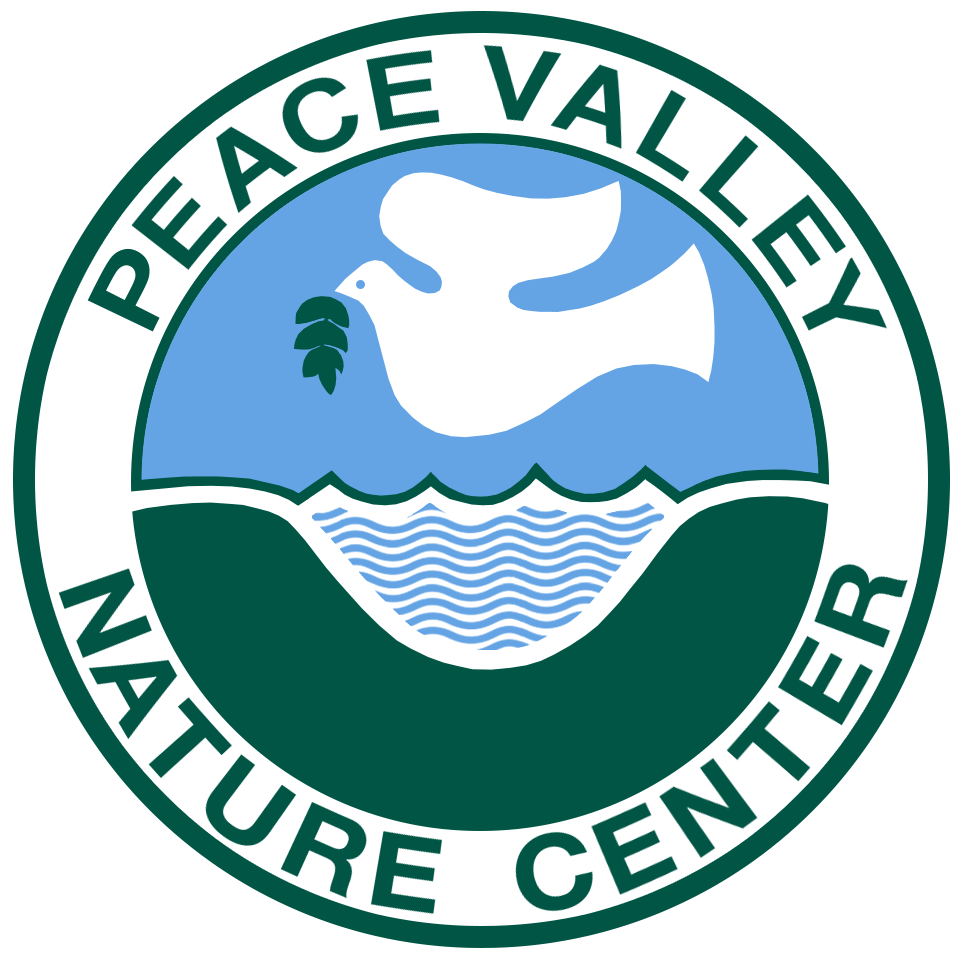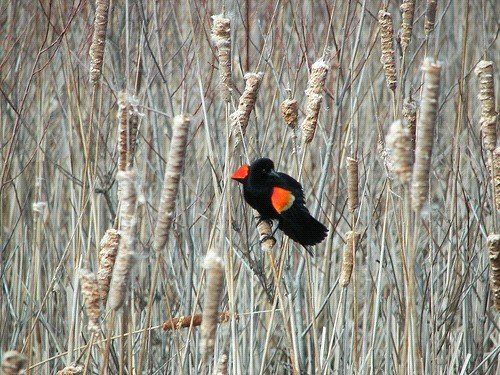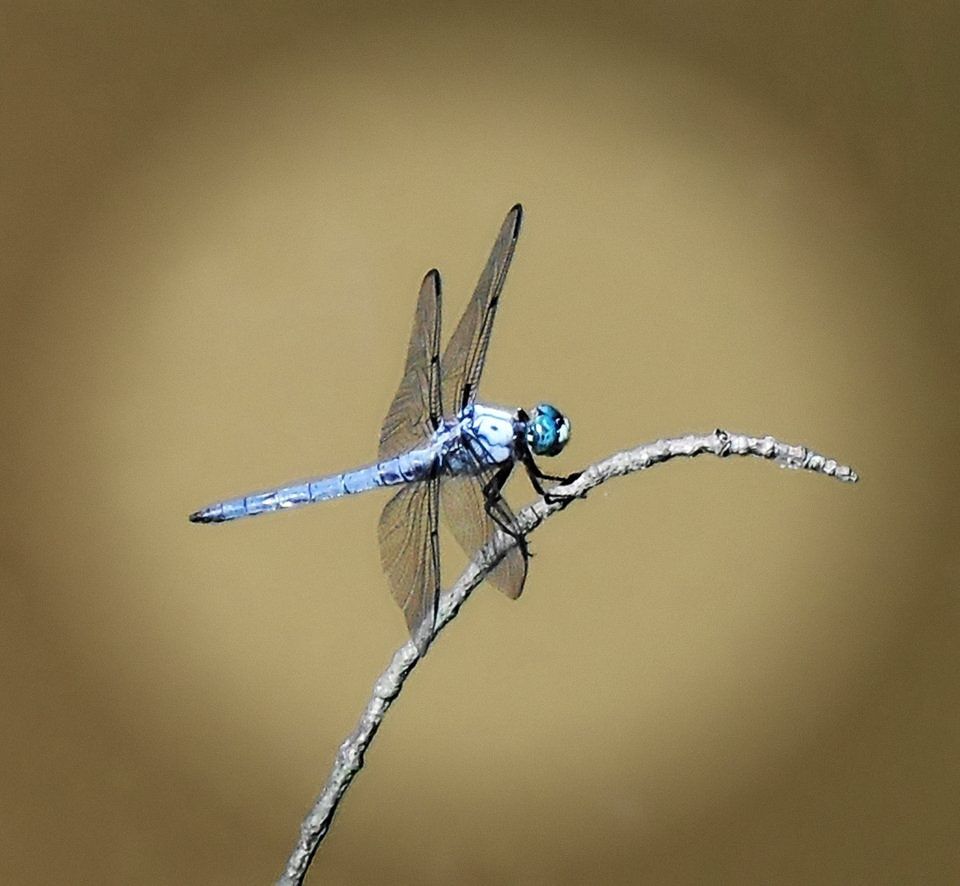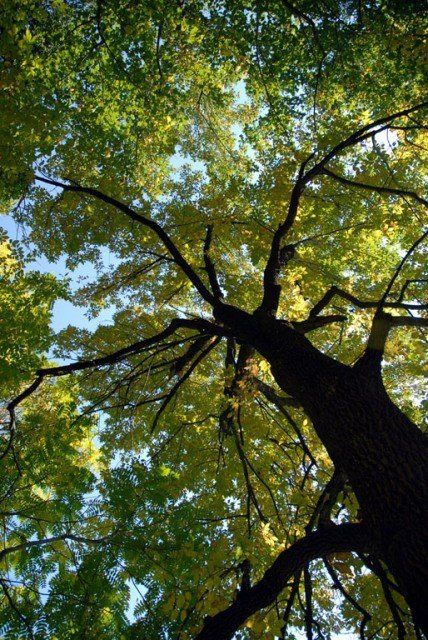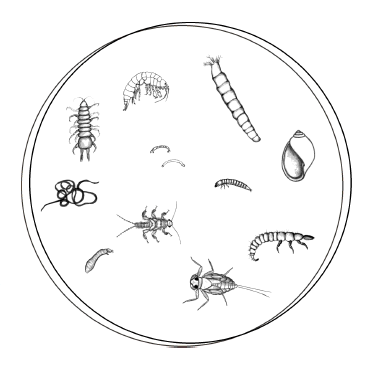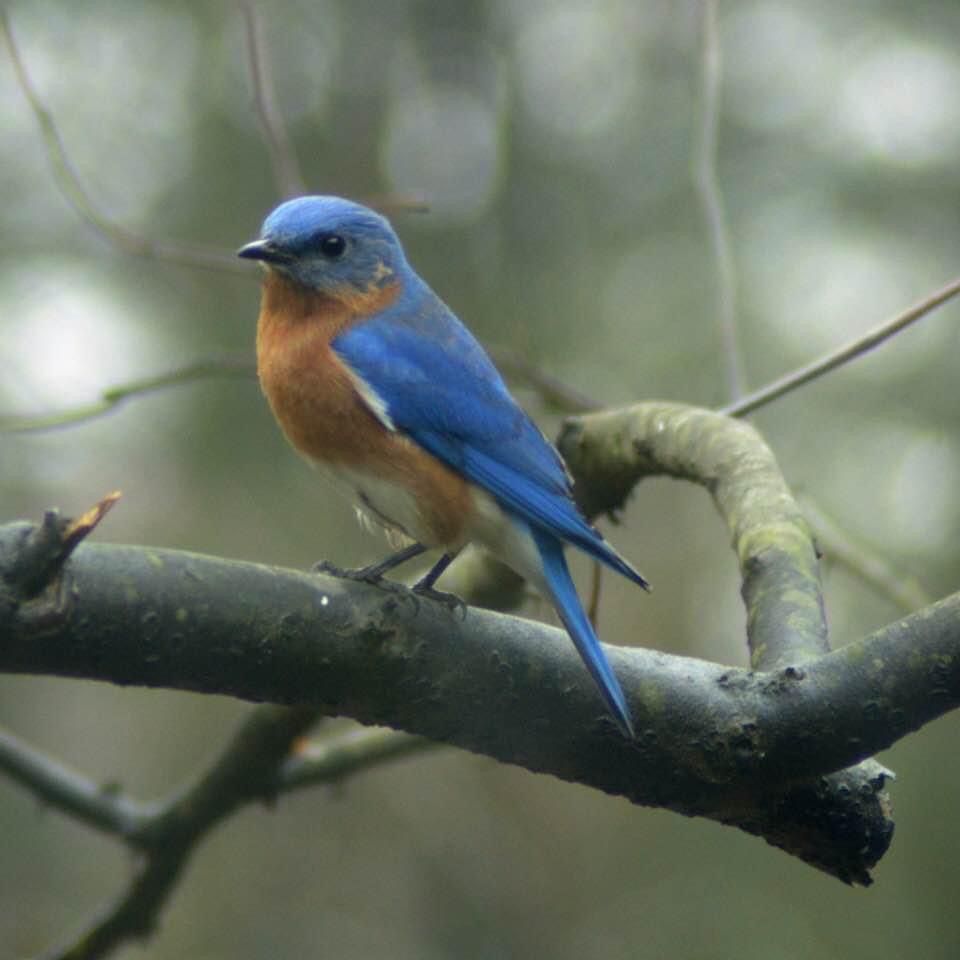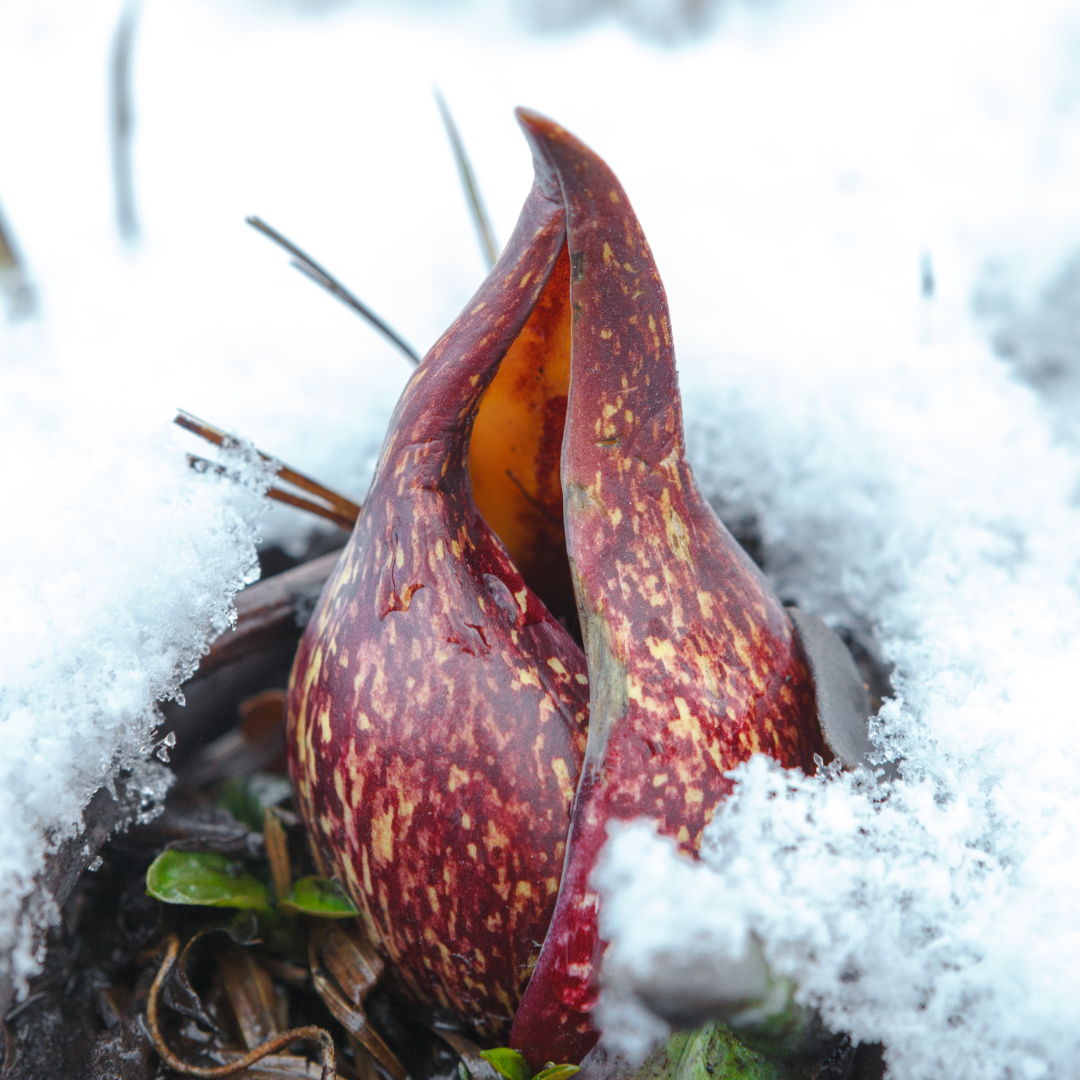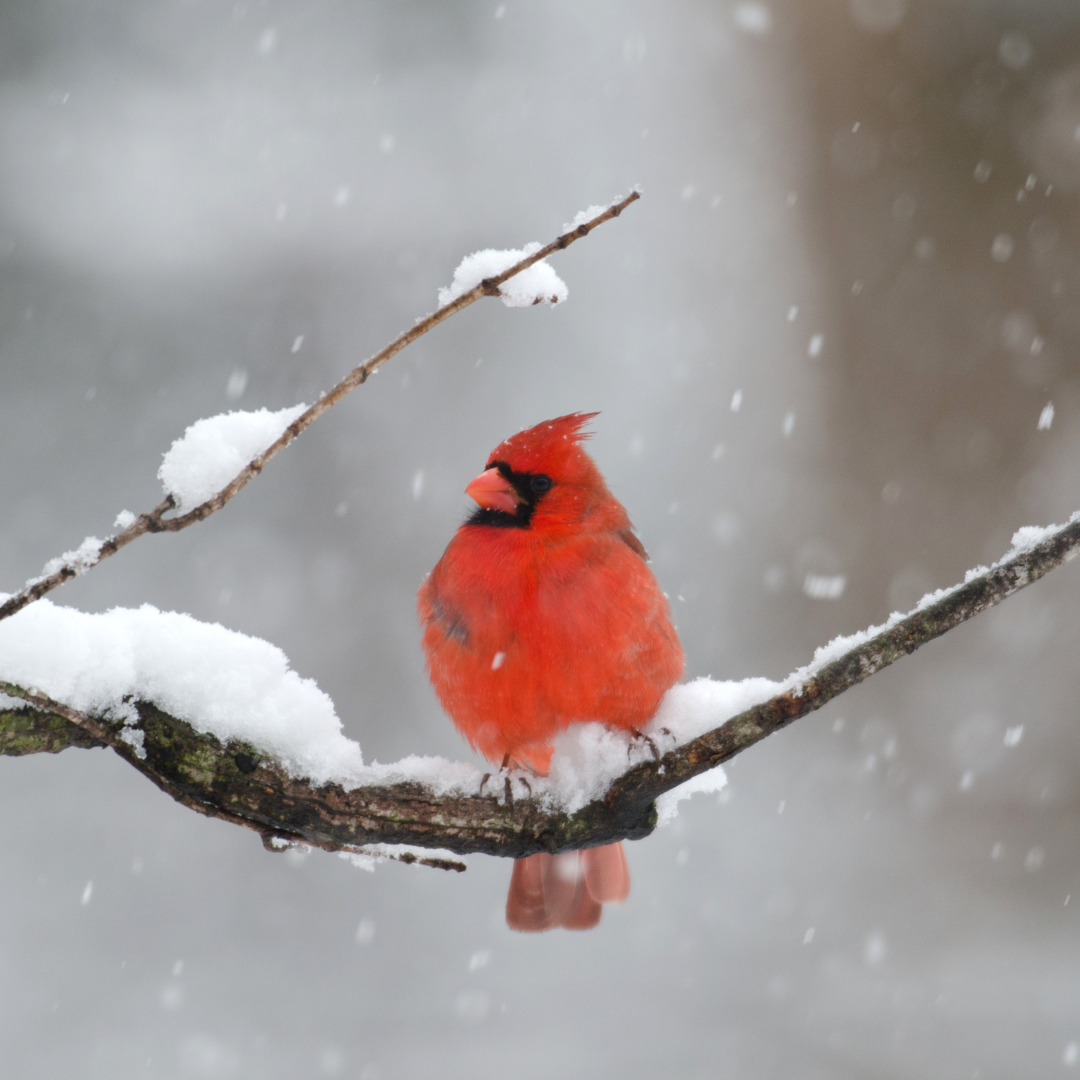Middle School & High SchoolEnvironmental Education Programs
NO AVAILABILITY LEFT FOR THE SPRING SEASON, WE ARE COMPLETELY BOOKED FOR EDUCATIONAL FIELD TRIPS
PVNC offers a variety of environmental education for middle & high school students!
Meandering streams, fields, thickets, woodlands, wetlands, and Lake Galena offer diverse habitats to enhance your child's experience and awaken their senses to the wonders of the natural world. Our highly acclaimed teacher naturalists will help your students obtain a greater sense of relationship with and responsibility for their natural surroundings through hands-on experiences. All of our programs are taught as a field experience in a small group setting of 10-15 students per teacher naturalist. These small groups enable a greater connection with not only the teacher naturalist but with the subject of focus and participation in activities. The maximum number of students per program is 125.
One program per day = $9-$10 per student, Two programs per day = $15 per student
(1 or 2 adults per group of 10 students)
If your group has students with special needs, please notify us at the time of scheduling so we may provide the best possible experience for your group.
For questions regarding programming or to schedule a program:
WETLANDS
Find out the importance of wetlands! Students will delineate wetland areas by analyzing soils, identification of plants, and the hydrology of the area. They will observe the impact farming practices have on a wetlandand watershed. Students will assess human impact on wetlands.
SEASON: LATE SPRING, SUMMER, EARLY FALL ~2.5 hours
FEE: $11.00 per student (minimum $110.00)
BIODIVERSITY - A World of Difference
Take part in a bio-blitz: explore the various habitats of Peace Valley Nature Center, list and classify the living organisms found. Discover how much we understand the area in which we live and the interactions involved. What can we do to understand and protect biodiversity and how its importance relates to our lives?
SEASON: LATE SPRING, SUMMER, EARLY FALL ~2.5 hours
FEE: $11.00 per student (minimum $110.00)
ECOSYSTEMS—Natural Communities
Determine the abiotic and biotic factors that impact the field and forest communities through experimental and field study techniques. Using marked quadrats these factors are recorded and analyzed. Students will discover that natural communities are dynamic; how and what factors influence life and what all organisms need to survive.
SEASON: ALL YEAR ~2.5 hours
FEE: $11.00 per student (minimum $110.00)
ADAPTATIONS OF FRESH WATER MACROINVERTEBRATES
Collection, observation and recording the adaptations of the various invertebrates in the stream. A comparison will be made of the macros found in the riffle area to the pond areas of the stream. Students will decide the ecological roles of the invertebrates in the food web by sorting them into functional feeding groups. Stream water quality will be determined using a biotic index. Assessment of the factors of water quality will be discovered.
SEASON: LATE SPRING, SUMMER, EARLY FALL ~2.5 hours
FEE: $10.00 per student (minimum 10 students)
PVNC Blog Posts
Sunflower Shop
The nature center store has something for everyone! All proceeds support our Environmental Education Programs.
Store Hours:
Tuesday-Friday, 10am-5pm
Saturday, 10am-5pm
Sunday, Noon-5pm
Monday, Closed
(215) 348-6270
